The Countryside (Dong Que) Museum is known as a site to preserve countryside soul of the Northern Delta area. The museum takes tourists to come back to the past through models of typical houses, rustic objects, etc with a view of helping you discover the farmers’ lifestyle and culture. Experience traditional villages such as sedge mat weaving and wine yeast making as well as enjoy a local meal with simple but delicious dishes.
Why was Countryside Museum Built?
The museum first opened in 2015 after 4 years of construction was established by a retired teacher – Ngo Thi Khieu. During her working time as a teacher, she loved collecting daily ancient utensils of residents in the Tonkin region due to the belief that the younger generation can learn such objects existed. As a result, many donors contributed daily objects seen in rural areas so that their descendants can remember the roots, particularly those living far from their homeland. The more she is keen on the work, the more she learns about the values of things she collected. However, her collection grew beyond the space of her house, she realized that it will be better to construct a museum rather than a narrow display room. Therefore, the Countryside Museum was constructed to commemorate the lives of local farmers and the Red River Delta thanks to leaders of the Giao Thinh commune People’s Committee‘s agreement.
Best Things to Do & See in Countryside Museum
At the gate of the museum is a display of farming and fishing tools together with a row of rose mallows on either side, which welcomes you to the truly rustic space in your eco-tour. What contributes to this peaceful site is a garden with shades and fruit trees around the museum. It also boasts the replicas of the traditional houses of different classes like landlords, middle-class farmers, and poor farmers.
The museum consists of five major areas. The first one is the model of a typical thatched-roof house of the poor peasants and their small kitchen. The second displays the living space of the middle-class farmer with a one-story house and a kitchen looking out onto a courtyard and a small garden. The house offers a spare space for wine brewing, a granary, a loom, and a rice-hulling mill. The house of the landowner who once lived in a spacious tiled-roof house with a well-furnished interior was also described in the museum. Another part is the replica of a unique house of residents in the coastal areas in Nam Dinh Province. The last part is a four-story building put in the center of the museum, showcasing war mementos; daily utensils and tools made from wood, bamboo, and metals; coins and paper currency collections.
In addition, she also found out the lack of books and magazines for students and local people in Giao Thinh Commune. Therefore, she opened a small library displaying books, newspapers, magazines, and publications. To keep an eye on Dong Que Museum and enjoy specialties but reading them through articles, let’s take a Nam Dinh eco-tour.
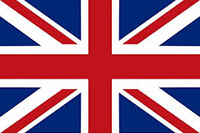
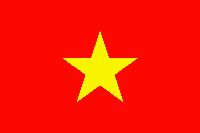

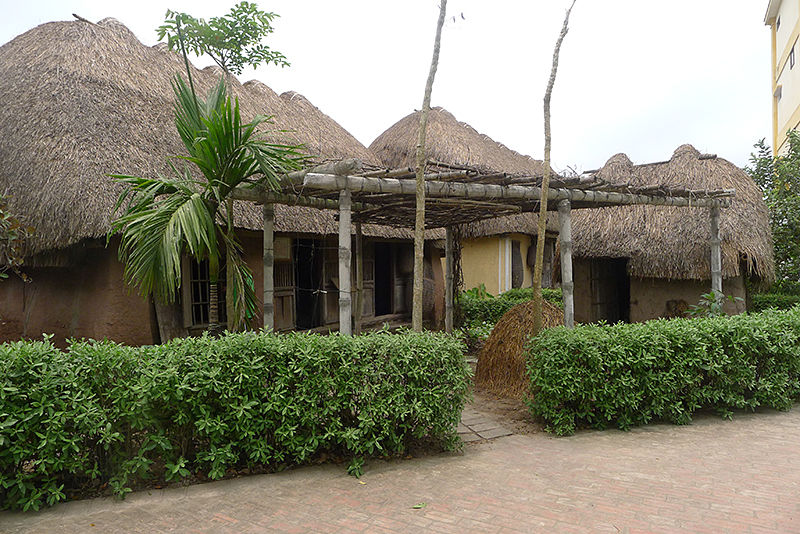
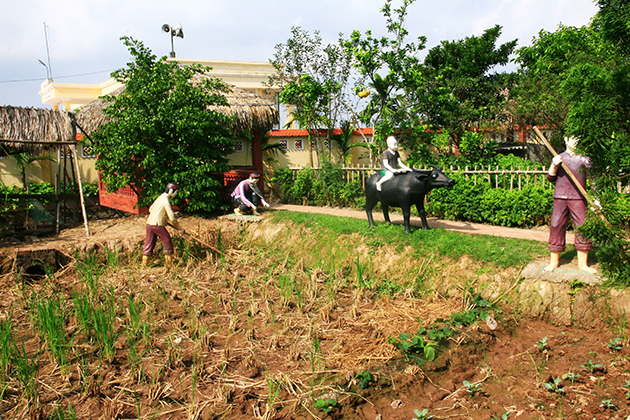
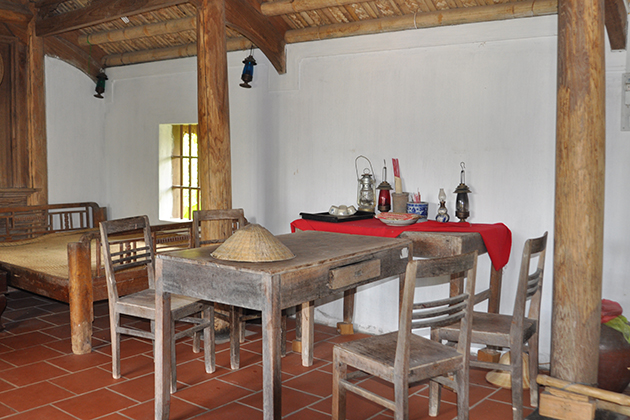
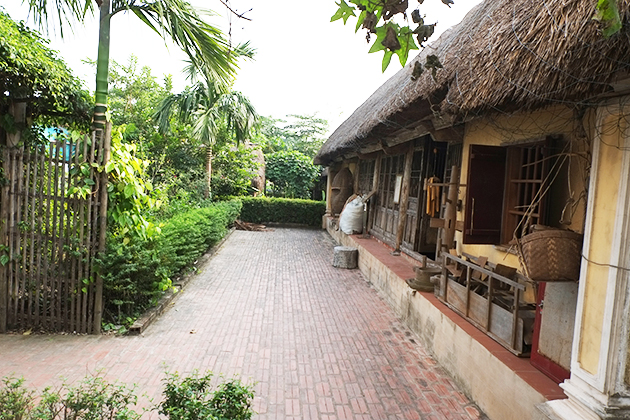

 Chat Facebook Ngay!
Chat Facebook Ngay!

 Chat Zalo Ngay!
Chat Zalo Ngay!
Comment (0)